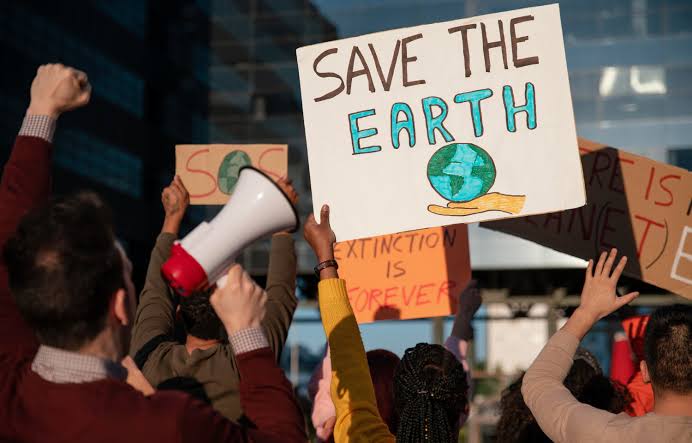Canada is charting a new approach to environmental conservation—one grounded in collaboration, Indigenous leadership, and science-based policy. As of 2025, the federal government is significantly scaling up its commitment, embracing transformative strategies that uphold the Kunming–Montréal Global Biodiversity Framework while affirming Indigenous rights and deepening its global conservation leadership.
Canada’s Bold Conservation Targets
- The country has committed to protecting 30% of terrestrial and marine territories by 2030, progressing from 25% by 2025—grounded in both scientific guidance and international biodiversity goals.
- Canada has invested over $12 billion since 2015 in nature and climate solutions, focusing on ecosystem restoration, species protection, and Indigenous stewardship.
- New Nature Agreements with provinces and territories enable cohesive planning to advance conservation, species recovery, and Indigenous participation with funding commitments like $500 million for British Columbia and substantial funds for Yukon and Nova Scotia.
Centering Indigenous Leadership
A critical innovation is the expansion of Indigenous Protected and Conserved Areas (IPCAs). These include large-scale, Indigenous-governed land and marine territories that honor deep cultural ties and ecological practices.
- IPCAs now form a central pillar of national strategy, with over 50 Indigenous communities engaged in planning or establishing them.
- Projects such as the SINAA Qikiqtani Agreement secure long-term funding and support Inuit-led habitat protection and reconciliation goals within marine conservation initiatives.
Innovation Through Conservation Tools
Canada is deploying cutting-edge practices to monitor and protect ecosystems.
- The One Health approach ties biodiversity, wildlife health, and Indigenous food security together for collaborative conservation frameworks.
- Marine biodiversity efforts are boosted by advanced environmental DNA sampling and autonomous underwater vehicles, improving non-invasive tracking of species and habitats.
- AI-based platforms are increasingly used to detect wildlife, monitor biodiversity remotely, and combat poaching.
Species Protection and Wildlife Measures
Specific initiatives highlight Canada’s commitment to safeguarding fragile species.
- New speed restrictions for vessels in the Gulf of St. Lawrence protect critically endangered North Atlantic right whales from fatal collisions.
- Canada’s biodiversity strategy continues to support species at risk, migratory birds, and ecological corridors to restore and maintain ecosystem connectivity.
Institutional Reform and Strategic Planning
Policy proposals and evolving governance frameworks reflect Canada’s intent to improve coordination and impact.
- Experts have proposed a unified Biodiversity Conservation Agency or fund structure to bring coherence to federal conservation mandates and enable faster implementation of national strategies.
- The Canada Water Agency, established in 2024, is now central to freshwater ecosystem conservation—modernizing regulation under the Canada Water Act.
Challenges and Critiques
Some elements prompt ongoing debate.
- A controversial lifting of coal moratorium in Alberta sparked concern among environmental groups and Indigenous communities over habitat and water contamination risks.
- Infrastructure policy, such as Bill C‑5 “Building Canada Act,” has faced criticism for bypassing meaningful Indigenous consultation, raising questions about inclusion and environmental oversight.
Impacts on Global Research and Collaboration
Canada’s leadership extends beyond borders.
- At COP16.2 in 2025, Canada reaffirmed its role as a conservation champion, helping to mobilize global financing and foster support for biodiversity frameworks among private-sector and indigenous partners.
- The multi-partner Project Finance for Permanence model blends Indigenous-led land protection with carbon finance mechanisms, offering both ecological benefits and economic opportunities—setting an international precedent in conservation funding.
Key Features of Canada’s New Approach
| Feature | Description |
|---|---|
| Indigenous-led Areas (IPCAs/PFPs) | Central to reconciliation and conservation planning |
| Nature Agreements | Collaborative frameworks across governments and Indigenous partners |
| Innovation Tools | Environmental DNA, AI-powered monitoring, One Health frameworks |
| Species-specific Measures | Whale protections, at-risk species recovery policies |
| Institutional Reform | New governance bodies for streamlined conservation delivery |
Conclusion
Canada’s evolving conservation approach in 2025 reflects a bold convergence of scientific planning, Indigenous co-governance, and innovative funding models. Seeking to meet its national targets of conserving 30% of land and ocean by 2030, Canada is also setting an international standard for environmental stewardship rooted in equity and advanced monitoring.
However, the success of this approach depends on balancing industry pressures, ensuring robust consultation, and maintaining momentum in diverse jurisdictions. If implemented effectively, Canada’s model could serve as a global blueprint for inclusive and impactful conservation.




It’s a nice approach to environmental conservation